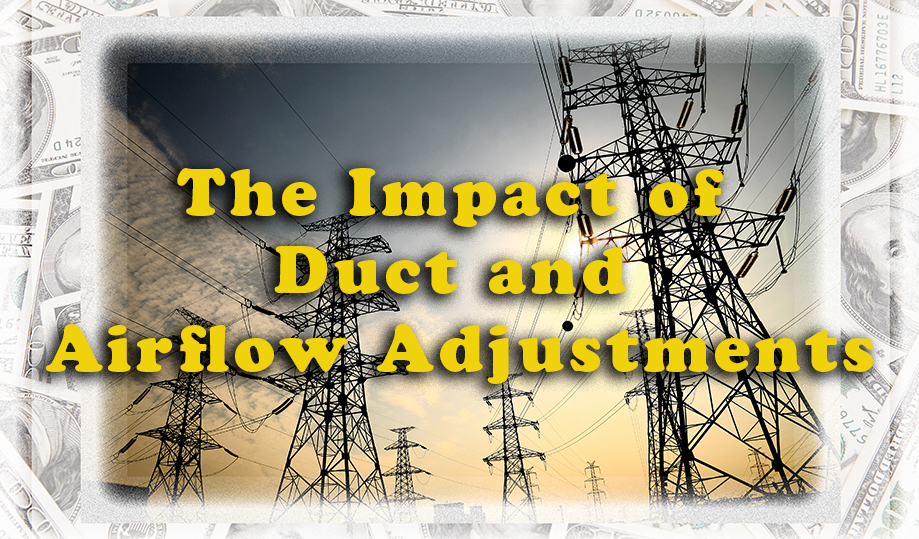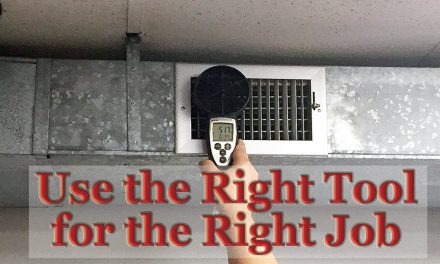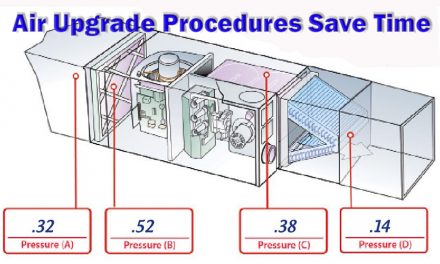Less than a decade ago, Austin Energy explored the savings that could be harvested by adjusting only airflow in residential homes.
At the time, the utility had spent just over 30 years providing rebates to homeowners, looking to upgrade energy efficiency in existing homes by replacing HVAC equipment, sealing leaky ductwork, adding insulation, installing solar screens, and providing minor envelope air sealing.
Austin Energy contracted with Paul Wieboldt of Tradewinds Appropriate Technologies to provide third-party testing and data
validation.

The idea was to separate the HVAC duct system from the entire package of upgrades mentioned above, as typically offered by utilities across the country. Tradewinds uncovered the following information:
For decades, the residential-environmental air conditioning community delivered substandard installation performance. The industry suffers the stigma, not from intentional wrongdoing, but rather from adopting rules of thumb that have little basis in fact. I humbly believe that if we can prove to the industry that they are on the wrong path, they will adopt the right thinking. Today, when marketed correctly, the home-performance, house-as-a-system model is being accepted nationwide with great success.
Copying Past Mistakes
The path the industry took in past years is understandable. We must remember that our industry, in hot, humid climates, began only in the mid-1960s. While meeting housing demand for the sheer number of baby boomers who demanded a higher standard of living, engineering values were sidestepped with shortcuts.

With cheap energy prices, no one was the wiser. As energy prices began to rise, and with the oil embargo of the late 1970s, the need for more-efficient housing stock became apparent. Once we established a path to improved construction methods, the emphasis shifted to higher-performing HVAC equipment. In the wake of this rapid demand, equipment developers and installers began seeking shortcuts in materials and installation methodology. As a result, everyone started asking questions.
Manufacturers questioned warranty returns on parts that seemed to fail prematurely with little reasoning. Green-energy gurus scratched their heads when efficiently built homes failed to perform at acceptable comfort levels. And contractors pondered why some systems operated poorly, for no apparent reason.
Efficiency Examination
As far back as 2005, the Austin Energy team has advocated for studying delivered interior home efficiency.
In 2011, they began a systematic search for homes where the staff and a group of contractors might be able to impact air-delivery systems with minimal expense and improved performance.
Click Below for the Next Page:













Good information. Thank you,
Joe Moravek